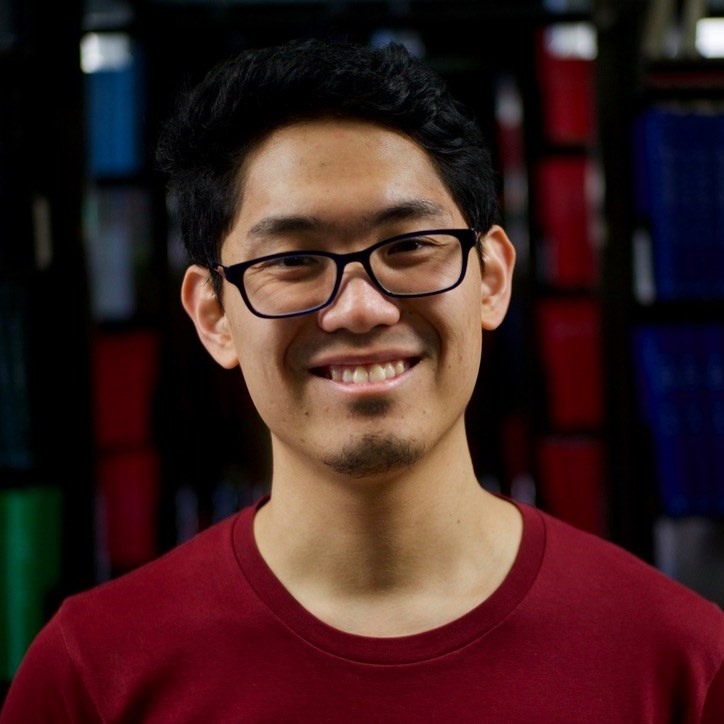In March earlier this year, eight people, six of whom were women of Asian descent, were murdered by a white man at three different massage parlours in Atlanta, Georgia. An outpour of mourning and outrage ensued, as many deemed the incident a hate crime and an act of racist, misogynist violence.
For many people, anti-Asian racism is not new; in fact, it has only increased during the COVID-19 pandemic, which has seen large amounts of vitriol and harassment aimed at Asian communities across Canada and beyond.
The Department of East Asian Studies (EAS) understood that it was important to come together as a community and share resources as scholars to provide a path towards justice and accountability. We were able to launch a list of anti-Asian racism resources, compiled by Doyun Kim, an EAS Master’s student, with help from EAS Professors Michelle Cho and Lisa Yoneyama. These resources are meant to provide important context as to how anti-Asian racism has manifested historically with more present information about how we can challenge racist perceptions today. The list consists of journal articles, blogs, roundtables, books, and films.
Kim has been previously involved with initiatives that tackle anti-Asian violence and racism in conjunction with the EAS Graduate Student Union and wanted to continue addressing these problems. Doyun is in the second year of his Master’s program and his research interests interrogate formations of nationalist movements in early 20th century Korea. Much of his interest in this topic is guided by questions of class and nation-state, particularly with Korea’s relationship with Japan during the era. He graduated in 2020 from our undergraduate program as an EAS specialist, and because his time at the EAS Department helped to articulate critical questions around his own identity as a diasporic Korean, he wished to continue developing these inquiries in our MA program.

We were able to speak with Kim about the daunting task of curating such an important list for our community and what the experience taught him.
1. Why was it important for you to engage with this research project on anti-Asian racism?
I see myself as a racialized student. This carries two problematics with it. The first is racialization, which to me necessitates a critical engagement with lived experiences both past and present. The second is the privileged position I hold as a graduate student in Canada, which grants me a great amount of resources and materials to undertake my own meditations on topics of racism and violence. As a result, I felt that it was important to engage with this project on both fronts—I wanted to apply my privileged position to aid in collecting helpful resources for confronting the problem of racism.
2. What were some of the challenges in collecting all the resources? What were the highlights?
Some of the challenges were quite mundane—for instance, combing through a vast array of resources in a constricted time span and maintaining a decent level of understanding of the authors’ argumentations and methodologies. Similarly, writing even brief annotations of each source I included was difficult; attempting to capture the importance and breadth of each article/book/chapter within just a couple of sentences demanded from me a high level of engagement with each work in a short time. On the other hand, it was extremely inspirational to encounter so many excellent works giving voice to similar questions of identity and belonging as I had been forming in my own clumsy ways since moving to Canada. Furthermore, the return to reading lists I had kept from prior courses or on professors’ and peers’ suggestions was satisfying.
3. How did Profs. Cho and Yoneyama help facilitate this learning experience? What did you learn from them?
Professors Cho and Yoneyama maintained contact with me through the project, suggesting further sources to engage with as well as guidance in structuring and organizing the resource list. Through their mentorship, I learned to approach non-academic sources as much as the academic—as well as to examine current discussions in the field (for instance, roundtables hosted through academic institutions). Furthermore, through working with Professors Cho and Yoneyama in this way, I improved my organization of research materials not only in terms of assessing their relevance but also in presenting them with more thought given to generating clarity in the final product.
4. How will this experiential experience translate into your graduate studies?
This experience has given me many take-aways including expanding initial archives for gathering resources, which ultimately aids in developing more polished final products. Now I hold a higher standard of my own research papers—looking for a broader range of sources when formulating research questions, as well as structuring future findings in a directly understandable manner. For instance, I will carry out similar processes of annotating resources as I proceed with my major research paper in order to have an easily accessible collection of resources, which will also help with visualizing connections between each source.
Beyond the purview of research and writing, I also feel that the theories of racism, violence, and power I encountered in this research process should also be applied in my graduate studies. That is, I intend on interrogating underlying biases I may hold as I continue my studies, as well as critically examining existing structures of knowledge production to consistently build anti-racist frameworks of knowledge.
5. What’s the most important thing you took away from participating in this research project?
For me, there are two important takeaways from this research project. The first is the significance of placing seemingly disconnected works in dialogue with each other, as this can help unveil intersectionalities of problematics and human experiences. The second is the ongoing present impact of historical injustices—much of the current issues of racism stem from systemic assumptions and policies; these must be confronted through careful research and open discourse.
6. Following up on the present impact of historical injustices—how has this project shaped your understanding of anti-Asian racism as it exists today? What is your call to allies?
This project has helped me understand contemporary anti-Asian racism in a two-fold manner. Firstly, the current articulations of racism are concretely grounded in historical injustices and abuses of power, as seen through various socio-economic policies and institutions. These histories of racism need to be the founding point of discussions of contemporary racisms in order to speak with a core theory of the present situation in a productive manner. Secondly, anti-Asian racism as it exists today exists not in a vacuum — articulations of anti-Black and anti-Indigenous racism, for instance, are also instances of racism that are often spoken of in separation from anti-Asian racism. These discriminatory ideologies have shared histories of oppression and struggles and can be understood as stemming from an overall history of racism. That is, we must look for solidarities between discriminated peoples, speaking of shared struggles and experiences, and learning to raise up and support each other in the process.
Accordingly, my call to allies is to actively question historical assumptions of racism and to give platforms to racialized bodies. In doing so, we should build solidarities grounded in historical and contemporary realities, understanding racism not through any singular theory or set of assumptions but rather through the historical and current lived experiences of marginalized populations. To build allyship that goes beyond performative gestures, we must look to positively raise up racialized voices and work with them to target systemic power structures within not only our own personal lives but also within larger societal and political systems that perpetuate racism as an ideology.


